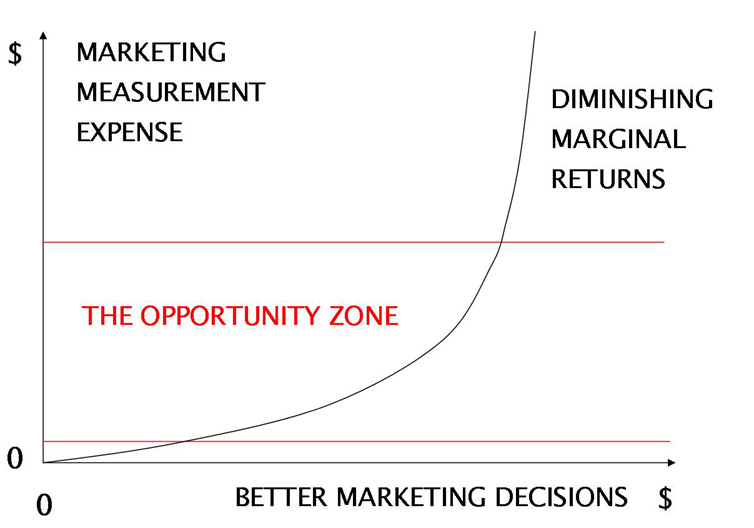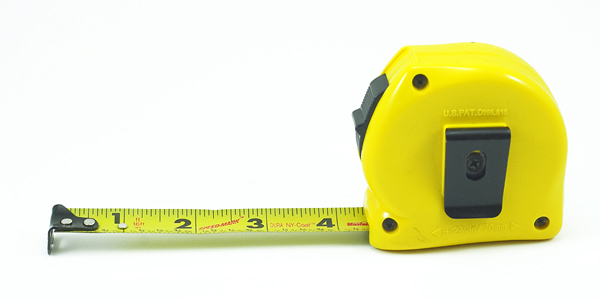My car is getting old. Like me, it doesn’t always feel its age, but the reality is that by most measures it is getting old. One measure of its advancing age is that in order to renew my vehicle licence recently, my car first had to pass an emissions test.
In Ontario, when the Ministry of Transportation sends you your vehicle licence renewal application, they indicate if your car needs to be emissions tested. This time around, my middle aged car was due for a test.
The Ministry requires the test be performed at one of the accredited Drive Clean facilities listed on their website. I found a local facility and within 15 minutes of arriving, I drove out of there with the clean bill of health for my car that I would need to renew my vehicle licence.
While waiting for my car to be tested, I entertained myself by reading the wall poster and brochure that described the emissions testing procedure. As a guy who cares about good measurement practices, I was impressed by two things:
- The Ministry has a consistent and transparent measurement process.
- Their process includes a clear and simple scoring system.
Let’s look at how each of these illustrate what a good marketing measurement system needs to do.
Measurement Process
These are the steps that all Drive Clean facilities follow when testing a car:
- Perform visual inspection
- Drive car onto Dynamometer
- Insert probe into tailpipe
- Accelerate vehicle to 40 km/hr
- Computer analyses emissions and compares to standards for make, model and year
- Print test results
- If Pass, owner can renew vehicle licence
- If Fail, owner must repair car at a Drive Clean Repair facility, then re-test
Here’s what I like about this process, especially as the same things are true of a good marketing measurement process:
- Its clear steps can be repeated consistently, making the results meaningful and comparable to other results, standards and benchmarks.
- The process is well supported by documented procedures, such as the 20 page “Drive Clean Guide” that I found on line. The guide is amended and reissued periodically, as needed. Well documented and updated procedures ensure consistency in measurement and clarify who is responsible for doing what and when.
- The standards that define passing and failing results are clearly documented.
Scoring System
The scoring system is quite simple. There are a few metrics for which your car must obtain a passing score. For example, on Hydrocarbons, as measured in Parts Per Million, my car needed to be at 66 or less in order to pass. Fortunately, my reading was 3 and thus my result on this metric was a “Pass”. (I lobbied for extra points for such a low score, but to no avail!)
The key elements of this simple scoring system that relate to marketing measurement are:
- Metric: Define the metric (Example – Revenue) and the unit of measurement (Example – for Total Company, for Specific brand, per square foot, per average transaction, etc.).
- Objective: Define the target result, or limit, or range of acceptable results. (Example – Average revenue per transaction of $50 for Brand X in 1st Quarter of 2012).
- Result: The actual outcome for the metric and objective as defined.
- Scoring: You need to score how good the result is as compared to the objective. Will you use a pass/fail, a 10 or 5 point scale, a score out of 100, or some other scale? Whichever you pick, be sure you can apply it consistently and fairly.
Summary
A properly documented measurement process will provide the consistency needed to make comparisons between programs meaningful. A clear scoring system gives you a way to convert all your results to a common metric, which also enables comparing programs to each other. These two essential components of a reliable marketing measurement system support making well informed strategic marketing decisions, which comes down to making choices between programs, refining your strategies and finding the most effective ways to market your products and services.




